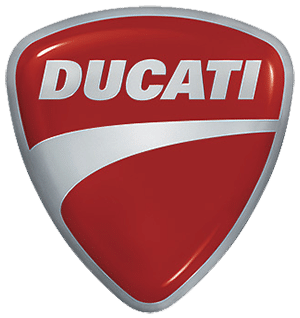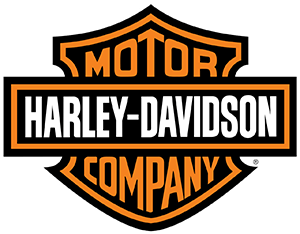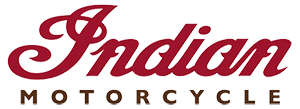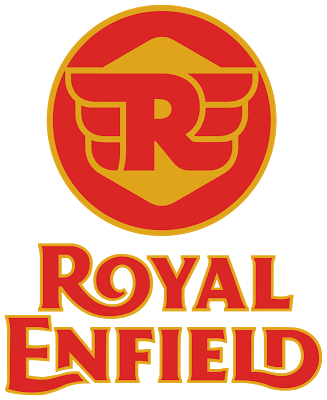Motorcycle Troubleshooting
If you're having problems with your motorcycle, you're not alone. Many owners of motorcycles experience problems that can be resolved by following a few simple steps. If your bike is not running like it should, there are some simple things you can do to help diagnose the problem and get it working again.
First, check under your seat for any loose parts or debris that may cause a problem. If there is something in the area, remove it and replace it with a new part. This will help to prevent an issue from occurring in the future.
Next, take a look at your motorcycle tires to see if they are properly inflated. If they are low on air, this could cause other problems such as poor handling or even damage to the bike itself if it rides over bumps or cracks in pavement too harshly.
MotorcycleTroubleshooting.com is designed primarily for use by trained mechanics in a properly equipped shop. However, it contains enough detail and basic information to make it useful to the owner who desires to perform his own basic maintenance and repair work. A basic knowledge of mechanics, the proper use of tools, and workshop procedures must be understood in order to carry out maintenance and repair satisfactorily. Whenever the owner has insufficient experience or doubts his ability to do the work, all adjustments, maintenance, and repair should be carried out only by qualified mechanics.
How To Read Motorcycle Fault Code
MIL(malfunction indicator lamp) light has come on you can read any stored codes using this procedure. Using this information you can either choose to service the problem yourself or be much more informed when you take it to the dealership for service. If the MIL is currently "on", with the engine running at idle, place the bike in neutral and put the sidestand down. The MIL will start blinking any active code. Current codes display when the system detects an active fault. Simply clearing the code won't resolve the issue, as the code will return once enough drive cycles occur in which the system recognizes the fault again.
Common Motorcycle Problems :
- After fire
- Air cleaner clogged, poorly sealed, or missing
- Air cleaner element clogged
- Air duct loose
- Air suction valve trouble
- Air switching valve trouble
- Backfiring when deceleration
- Cracked or obstructed intake air pressure sensor
- Crankshaft sensor trouble
- ECU ground and power supply trouble
- ECU trouble
- Engine overheating - Water temperature sensor or crankshaft sensor trouble
- Engine stalls easily
- Engine vacuum not synchronizing
- Exhaust Smokes Excessively
- Firing incorrect
- Fuel filter clogged
- Fuel injector clogged
- Fuel injector O-ring damage
- Fuel injector trouble
- Fuel line clogged
- Fuel poor quality or incorrect
- Fuel pressure regulator trouble
- Fuel pressure too low or too high
- Fuel pump bearings may wear. Replace the fuel pump
- Fuel pump not operating
- Fuel pump operates intermittently and often DFI fuse blows
- Fuel pump relay trouble
- Fuel pump trouble
- Fuel/air mixture incorrect
- Fuel/air mixture incorrect
- Gear position sensor, starter lockout or side stand switch trouble
- Inspect and repair or replace
- Intake air pressure sensor trouble
- Intake air temperature sensor trouble
- Intake air temperature sensor trouble
- Intermittent any DFI fault and its recovery
- Little fuel in tank
- Main throttle sensor trouble
- No or little fuel in tank
- Poor acceleration
- Spark plug burned or gap maladjusted
- Spark plug dirty, broken or gap maladjusted
- Spark plug incorrect
- Spark weak
- Stick coil shorted or not in good contact
- Stick coil trouble
- Subthrottle sensor trouble
- Subthrottle valve actuator trouble
- Throttle body assy dust seal damage
- Throttle body assy holder loose
- Throttle valves will not fully open
- Unstable (rough) idling
- Unstable fuel pressure
- Vacuum hose
- Vehicle-down sensor trouble
- Water or foreign matter in fuel Change fuel
- Water temperature sensor trouble
A Comprehensive Guide To Motorcycle Troubleshooting
If you are a motorcycle enthusiast, you know there is nothing quite like the feeling of freedom that comes with hitting the open road. But what do you do when your motorcycle starts to experience problems? Troubleshooting and repairing your motorcycle can be a daunting task, especially if you are not familiar with the inner workings of a motorcycle. This comprehensive guide to motorcycle troubleshooting will help you diagnose and fix common motorcycle problems. It covers everything from motorcycle engine problems to faults with motorcycle parts. With this guide, you can get your motorcycle back on the road in no time!
Why do motorcycles break down?
Motorcycles can break down for a variety of reasons. Some common causes of motorcycle problems include :Electrical issues
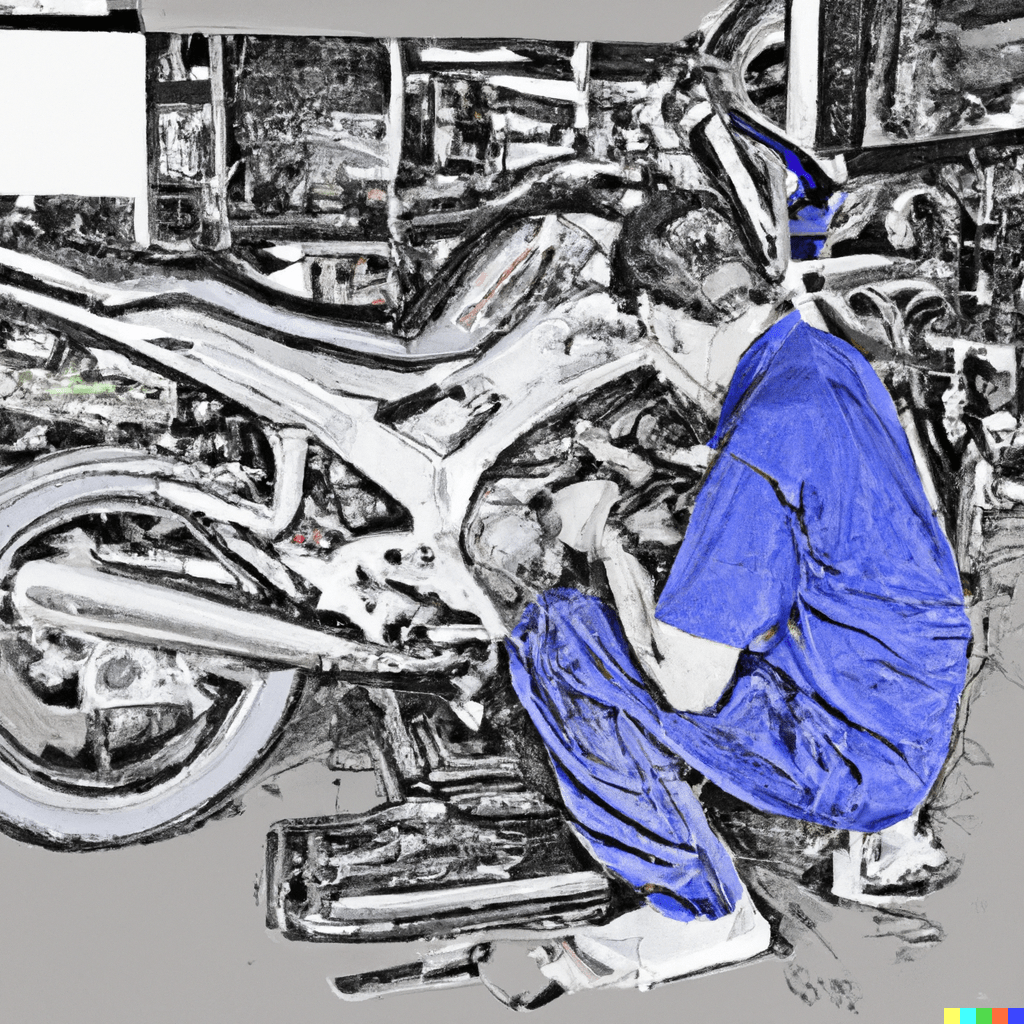
The most significant pain in the neck is electrical problems, especially when dealing with older vehicles. It happens because electrical issues are usually intermittent, meaning they sometimes appear and disappear next. The electric system on your motorcycle is relatively simple, but it is also a system that keeps it running in various ways. Maintaining your motorcycle's electrical system is fairly straightforward. You should ensure your battery is healthy and maintains a steady charge while the engine is running. It will help if you clean your battery terminals regularly. Additionally, you can prevent issues with your electrical system down the road by checking the wires on your motorcycle for kinks, breaks, and tears.
Brake failure
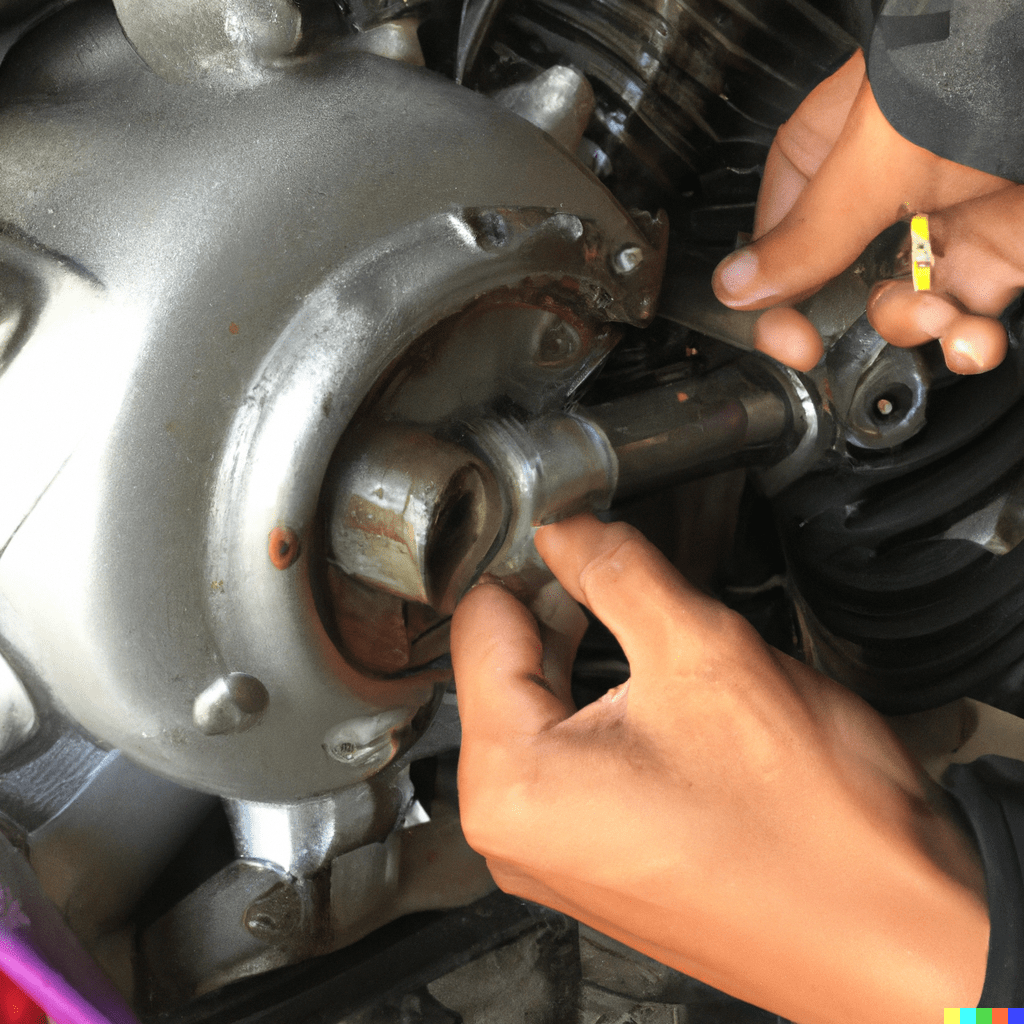
Having good brakes is one of the most significant parts of your motorcycle. You can put your life in their hands, as they are solely responsible for stopping your motorcycle. Although hydraulic brakes are a simple system, that doesn't mean they don't require maintenance. In the same way as tires, it is easy to forget to check the fluid levels and wear your brake pads. Your brake lines, calipers, and master cylinders also look true. You should check your brake fluid regularly to prevent brake failure. In cases where the brake fluid is below the minimum level mark or too dark in color, the brakes may not work as well as they should. Additionally, you should always check the pad thickness of your brakes to ensure they work at their best.
Overheating
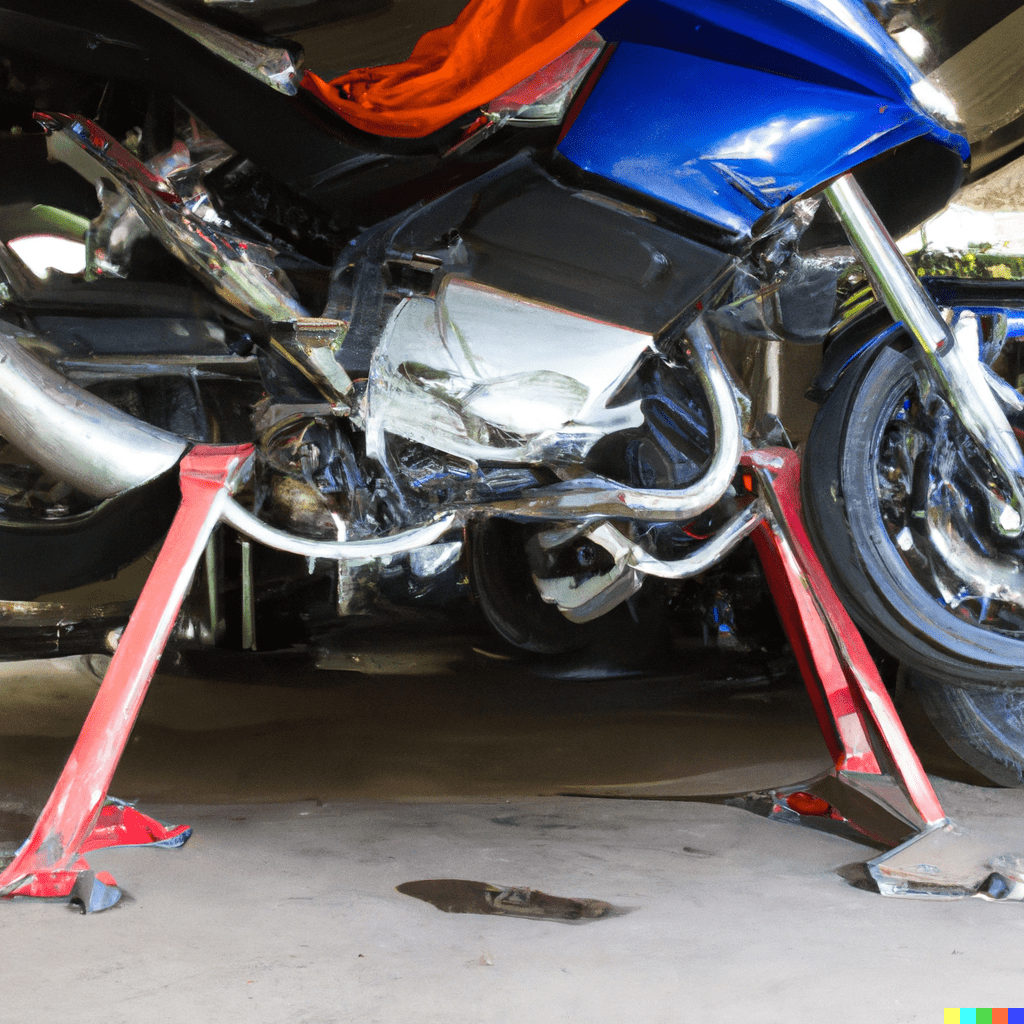
Motorcycle breakdowns are also often caused by overheating caused by engine problems. A radiator, a water pump, and a coolant are used on liquid-cooled machines to keep temperatures under control. The slow leak of coolant in your engine, the malfunctioning of the water pump, or the lack of a functioning radiator fan can all cause the engine to overheat. In some cases, it can leave you stranded. Although air-cooled motorcycles are not prone to overheating, they do, in certain situations, overheat, especially if they are ridden hard or in traffic for a long time. The heat-dispipping capabilities of an air-cooled motor can also be adversely affected by the old or low-quality engine oil.
Collection of Dirt and Debris
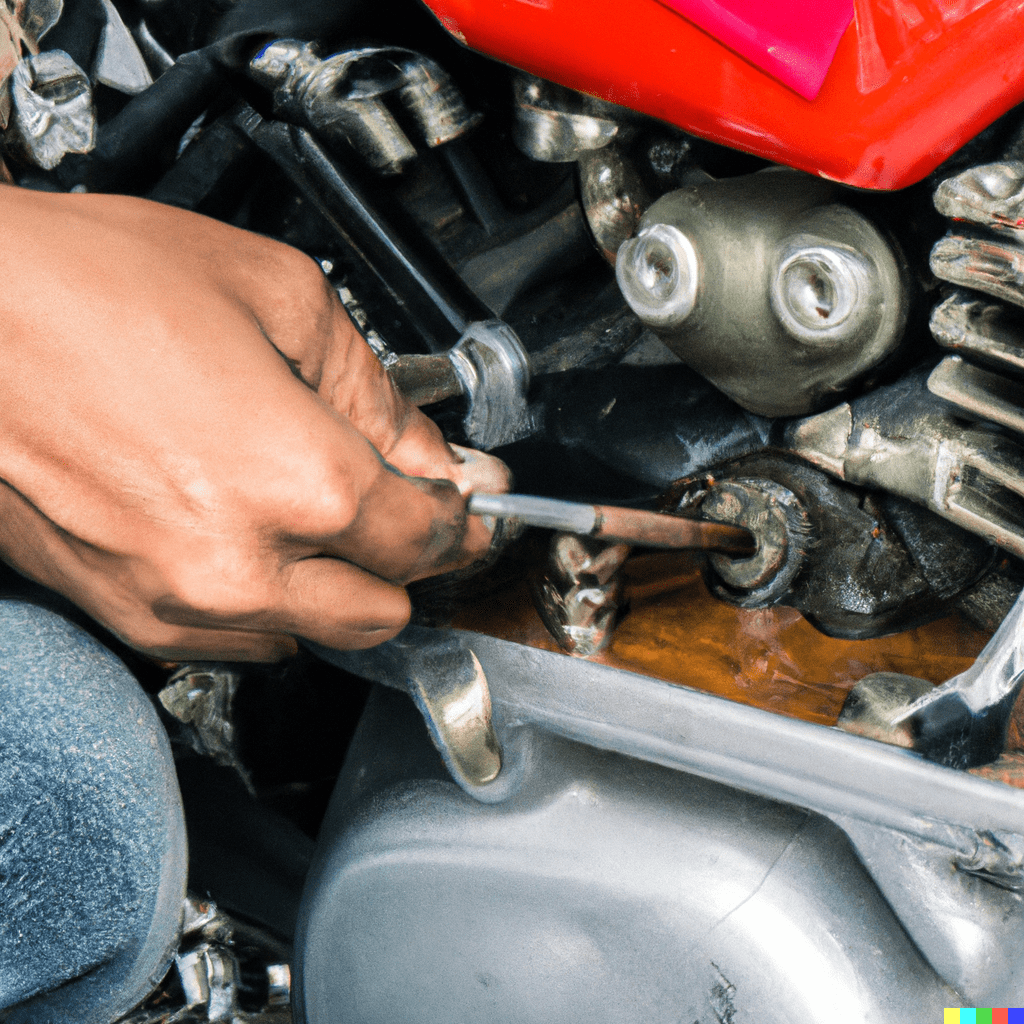
Dirt and debris accumulating inside your motobike's interior is a leading cause of poor performance. It is caused by a collection of dirt and debris inside. In case you have a maintenance manual with you, make sure to read it. Also, follow the detailed instructions regarding what needs to be cleaned and how often you should clean the various parts after you have ridden. Whether burned spark plugs or dirty spark plugs, dirty spark plugs can cause a cycle to run poorly or even cause the bike to fail to start in some cases.
Tire failure
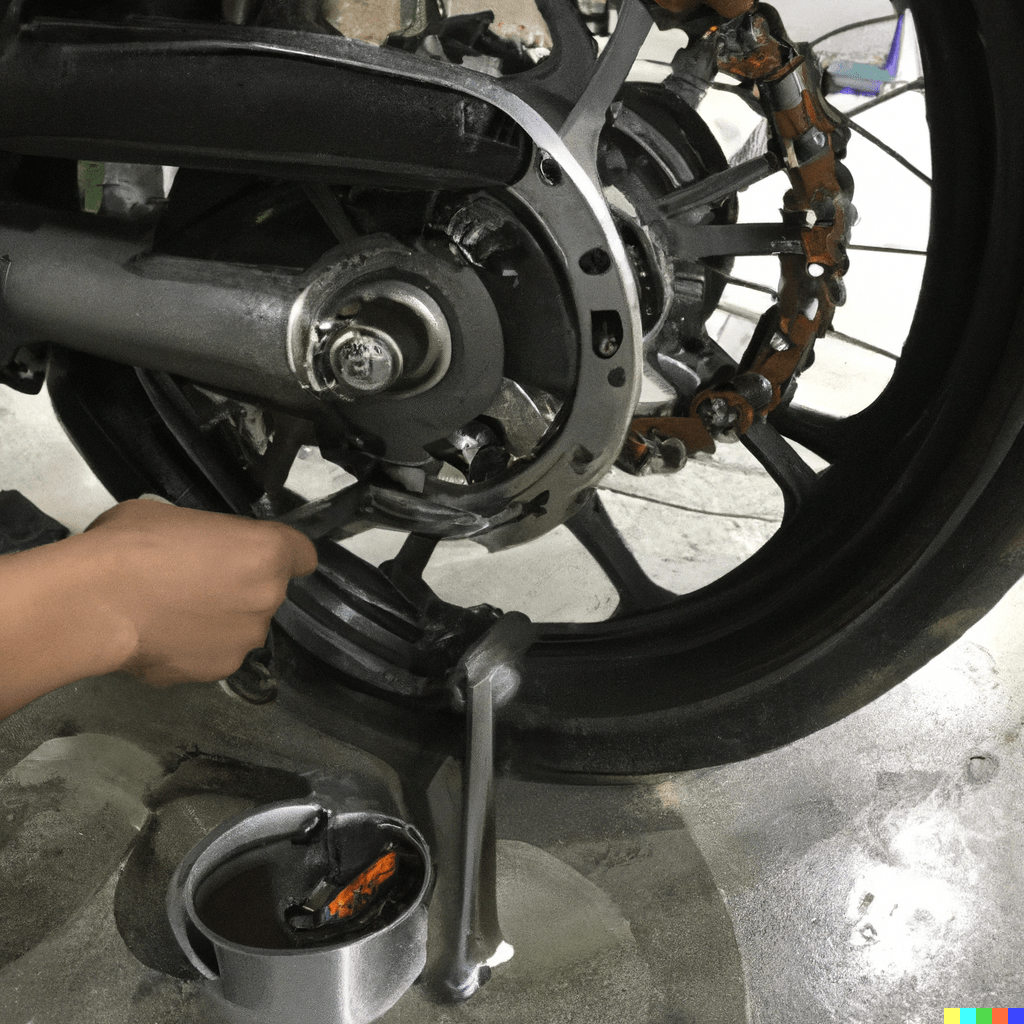
Taking tire maintenance for granted makes motorcycle-related accidents more likely to occur since tire failure is a common cause of motorcycle accidents. Also, proper tire pressure should be maintained, with many riders relying on visual inspections instead of checking tire pressure. A visual inspection makes it possible to see whether your tires are flat. However, it is impossible to determine whether your tires are correctly inflated with a visual inspection. It is possible to wear out your motorcycle tires prematurely if you ride on too soft or hard tires. Therefore, your tires will not last as long, and you will likely experience a blowout as your tires' service life approaches its end. Using common sense, once the tread wear indicators on your tires reach the end, it's time to replace them.
Broken chain
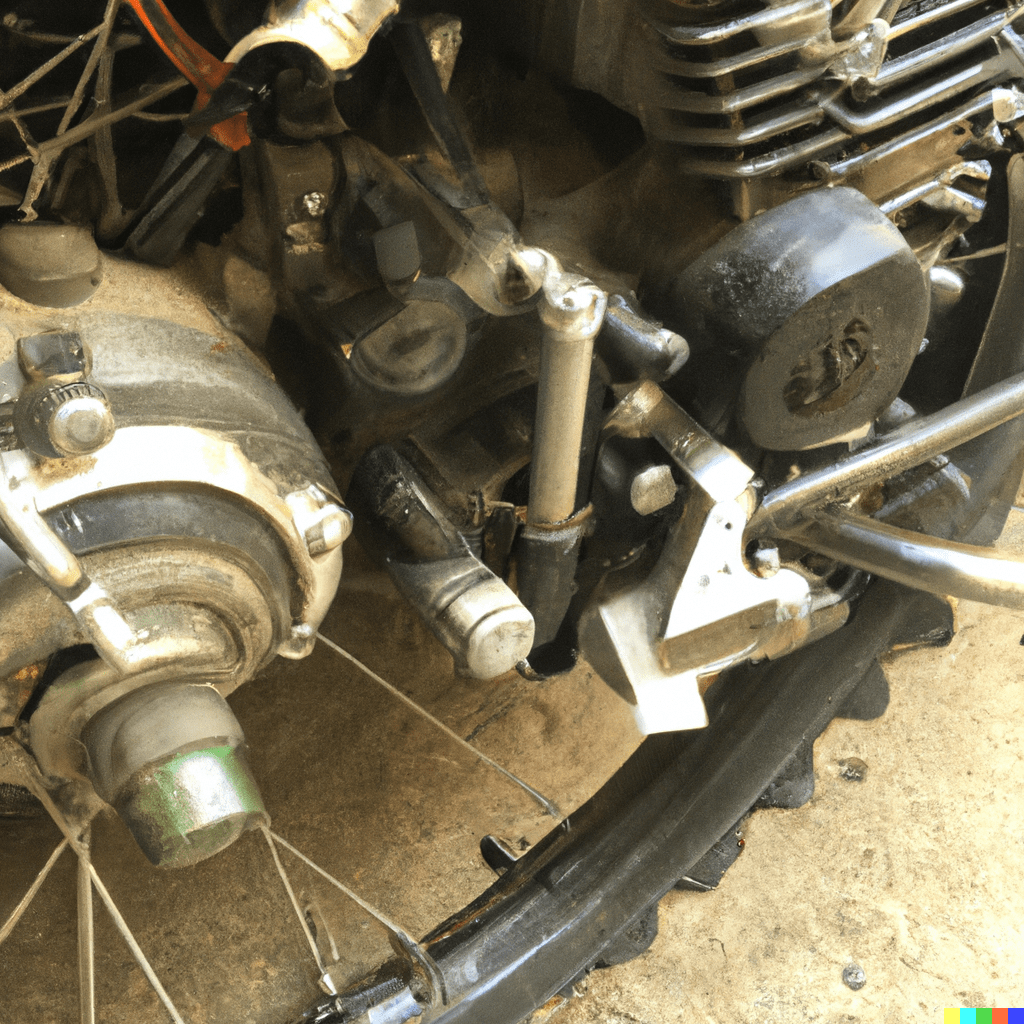
Your motorcycle's chain is what connects the engine to the rear wheel. Unless you have it, your bike will become a heavy piece of paper. It is, therefore, highly vital to perform chain maintenance properly. The broken chain can also damage your wheels, bodywork, and crankcase, leaving you stranded on the side of the road. If you run into a loose chain, you could get hurt. Your rear wheel would lock up and even crash. Your chain needs to be maintained regularly. Lubricate and clean your motorcycle's chain regularly. You should also ensure that your chain is properly tensioned.You may be stranded on the side of the road if it happens. In this case, a chain that's too loose will skid, whereas a chain that's too tight will significantly wear down your bike's drivetrain, causing it to break.
Poor Lubrication on Chains
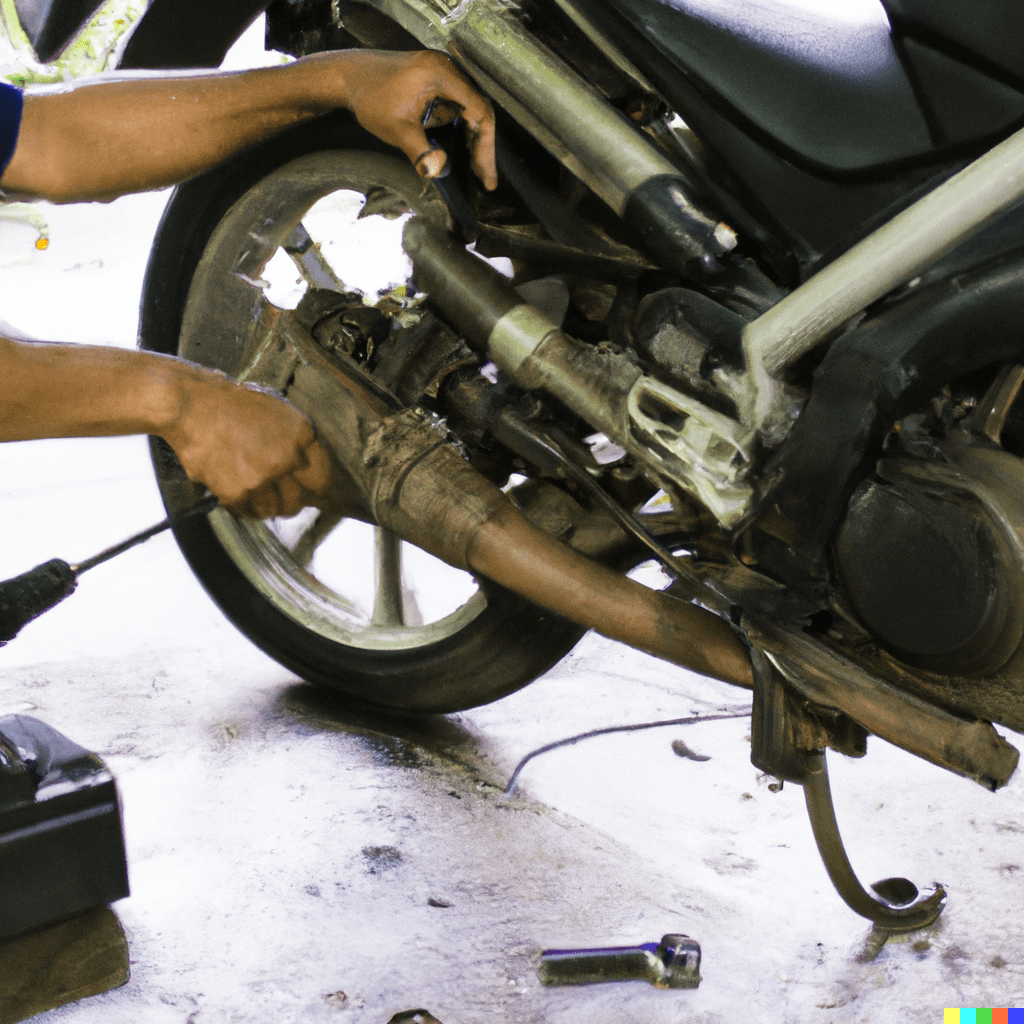
If your motorcycle has a chain, it must be properly lubricated regularly. Depending on how often you ride, you may need to lubricate your chain every few hundred miles or every few thousand miles. However, if you ride in dusty or muddy conditions, you must clean and lubricate your chain more frequently. Lubricating your chain will help keep it from rusting and breaking. Additionally, it will help reduce friction between the chain parts, which can cause the chain to stretch and eventually break.
Fuel System
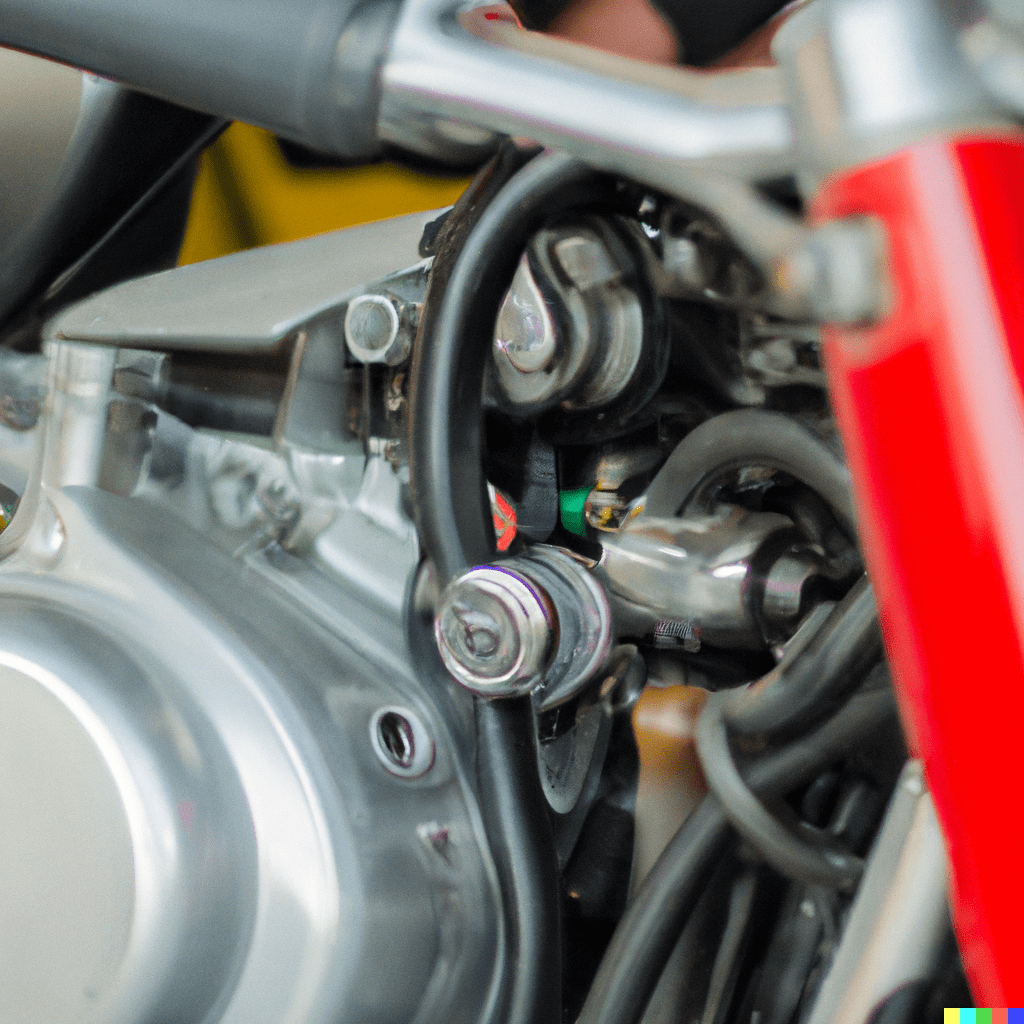
Fuel-injected motorcycles sometimes have carburetors. These hoses can fail due to drying, cracking, or otherwise. You can prevent this by regularly inspecting and replacing them. Punctured gas tanks or dirty carburetors can also cause fuel system problems. To ensure fuel is directed correctly, it is essential to identify and resolve these issues as soon as possible. You can avoid these common motorcycle problems by regularly maintaining your bike and consulting your owner's manual.
Fault Codes
READING FAULT CODES
Lists fault codes that are stored on the motorcycle.
Some manufacturers offer coded data by in fault code screen also allow values of certain components to be displayed in real time (ie battery voltage, throttle
pot voltage, injector opening).
NOTE : Please don't forget ,fault codes can be either current, historic or intermittent.
Conclusion
You can quickly fix many common motorcycle problems with some troubleshooting. Some of the most common problems include flat tires, engine issues, and chain problems. The quickest and easiest way to solve some of the most common motorcycle problems is to become familiar with some of the most common problems.



